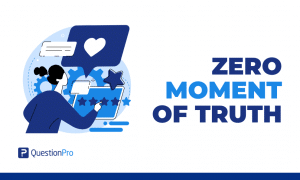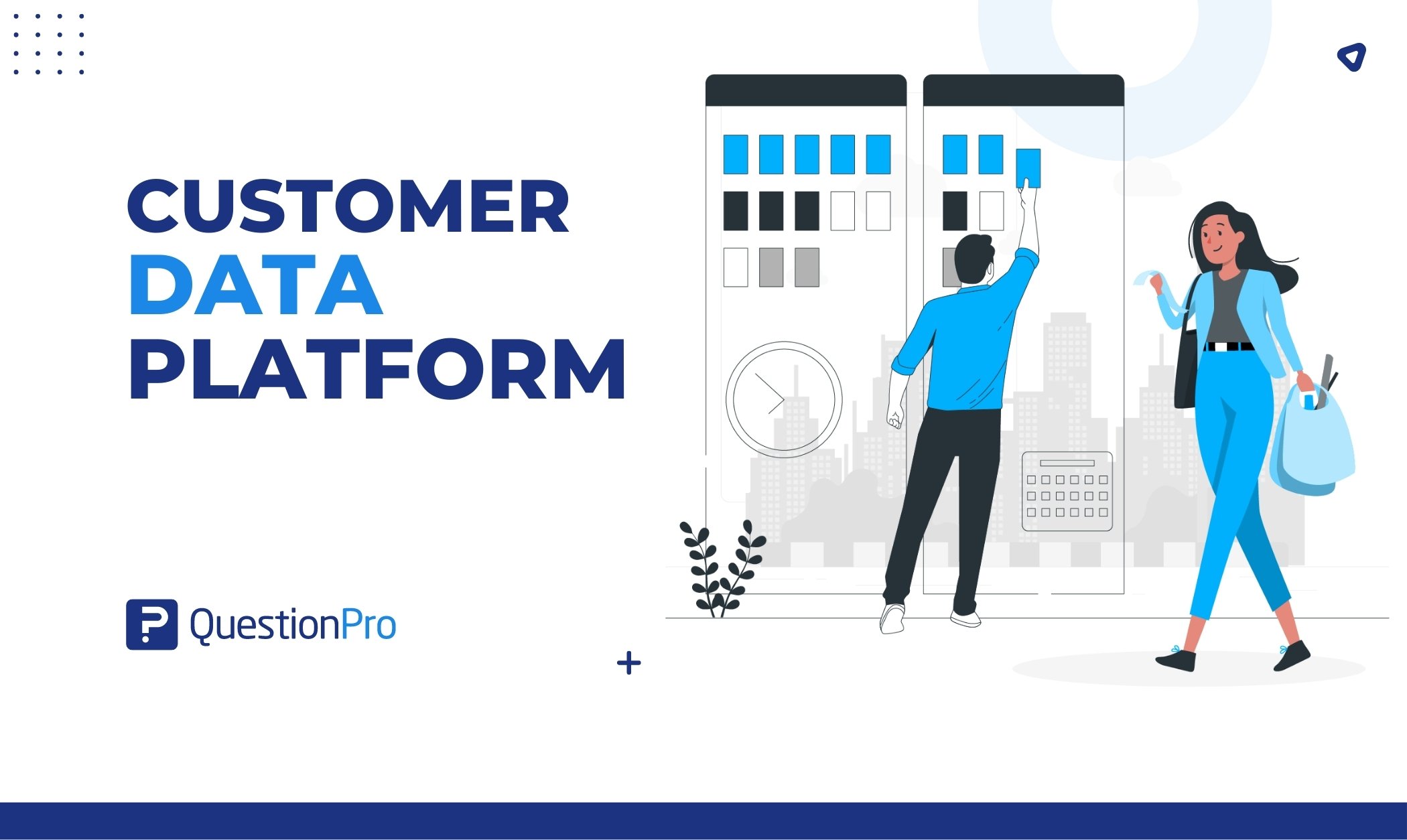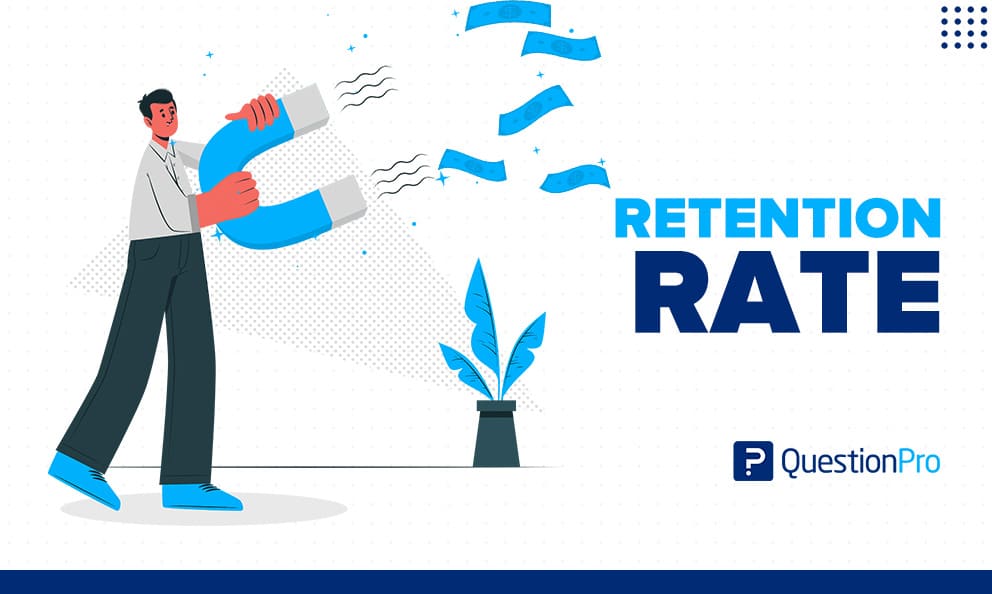
The retention rate is a common metric that is utilized in the fields of marketing, investing, and the workplace. It is an essential component for the success of your organization.
If a business wants to be successful, it must pay close attention to the metrics that measure how well it retains customers. The retention percentage serves as a guide for organizations to keep employees satisfied and motivated in the workplace.
In this post, we will cover everything you require to know about calculating the retention rate to assist you in determining the retention percentage at your own company.
What is the retention rate?
The term “retention rate” has several meanings, including customer and employee retention rates. In both situations, it refers to the percentage of its customers or employees who continue with the company over a specified period of time.
Customer Retention Rate
It’s the percentage of a company’s existing customer loyalty over time. If you have high customer retention rates, it indicates that your present customers value your product or service and are a reliable source of money.
On the other hand, low retention rates are a warning sign and indicate that your company does not provide satisfactory service to its customers.
Employee Retention Rate
This is the percentage of employees hired at the start of a period and still working for the company at the end of the period. It provides insight into employee engagement, satisfaction, and the effectiveness of a company’s retention activities.
The employee retention rate is usually worked out once a year or every three months. It can assist you in understanding employee experience and identifying development areas. A good employee retention rate frequently indicates a favorable work environment and the ability to keep talented employees.
Importance of retention rate
Companies seek to know their retention to grow their business. It’s the key to a company’s success. If a company doesn’t focus on customer retention rate, it may lose repeat customers. A high percentage of customer retention shows customer satisfaction with the products or services and customer loyalty to the company.
This can reveal how well your company is doing and where customer service might be improved. High customer retention leads to huge revenues and is cost-effective because existing customers don’t need expensive marketing and promotion to continue doing business with you.
Understanding employee retention can also help businesses handle different situations and make better decisions for their businesses. It’s a critical metric since it allows businesses to evaluate their strategies to hire and retain highly qualified individuals.
Long-term employees save the company money by continually reducing the need to seek and employ new individuals.
How do you calculate the retention rate?
First, choose a period of time an organization wants to calculate. Then you will need the following:
- Customer or employee total at the start of the period (S)
- Customer or employee total at the end (E)
- New customer or employee acquired throughout the time (N)
These metrics values need to be recorded. The formula is then applied as follows:
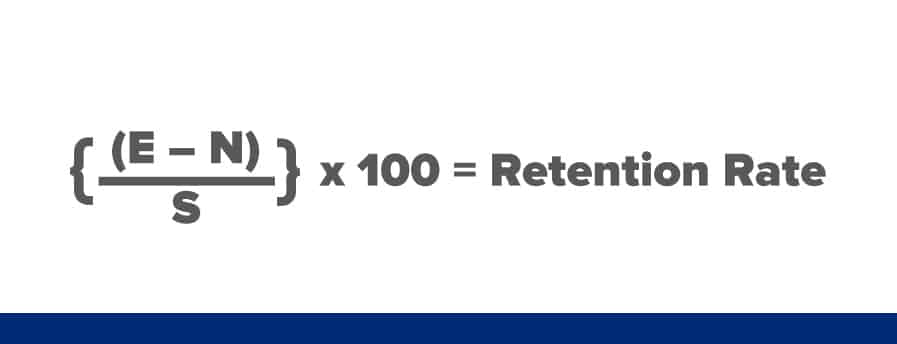
Formula = { ( E – N ) / S } x 100
Let’s examine some examples and calculate retention rate.
Examples to calculate customer retention rate
Imagine that a corporation that sells software products wants to calculate the customer retention rate during the last year. After analyzing the information on the customers, they discovered the following:
- As of January 1st, the company had a total of 500 active customers.
- Between January 1st and December 31st, they acquired 50 new customers.
- They had 450 customers as of December 31st.
Customer Retention Rate = { ( 450 – 50 ) / 500 } x 100 = { 400 / 500 } x 100 = 0.8 x 100 = 80%
The company’s customer retention rate was 80% last year.
Another example of calculating retention rate would be to take a corporation that had 200 customers at the beginning of the month and saw that number drop to 180 customers by the end of the period. During that time period, they were unable to acquire any new consumers.
If this were the case, then their rate of customer retention would be as follows:
Customer Retention Rate = { ( 180 – 0 ) / 200 } x 100 = { 180 / 200 } x 100 = 0.9 x 100 = 90%
Examples to calculate employee retention rate
As an example of the employee retention rate calculation in the workplace, let’s assume a call center started the year with 150 employees and ended the year with 130 employees. During this time frame, they bring on board 50 additional employees.
According to the employee retention rate formula, their rate of employee retention would be as follows:
Employee Retention Rate = { ( 130 – 50 ) / 150 } x 100 = { 80 / 150 } x 100 = 0.53 x 100 = 53%
In the same situation, assuming they did not hire any additional employees, then the employee retention rate will be:
Employee Retention Rate = { ( 130 – 0 ) / 150 } x 100 = { 130 / 150 } x 100 = 0.8666 x 100 = 86.66%
Calculating retention rate is a crucial aspect of any business, and having a basic understanding of the formulas involved is a great starting point.
However, it’s important to remember that these formulas should be customized for your specific situation, considering relevant variables and time periods. By doing so, you can ensure that your customer or employee retention rate calculations are accurate and effective in helping you make informed business decisions.
4 Retention Rate Mistakes to Avoid
With so much at stake in your retention rate, you must calculate it consistently and correctly. It sounds simple enough, but many factors contribute to retention. Understanding the four common mistakes below and their dramatic effects on your SaaS business will help you make rational calculations that can make the right decisions.
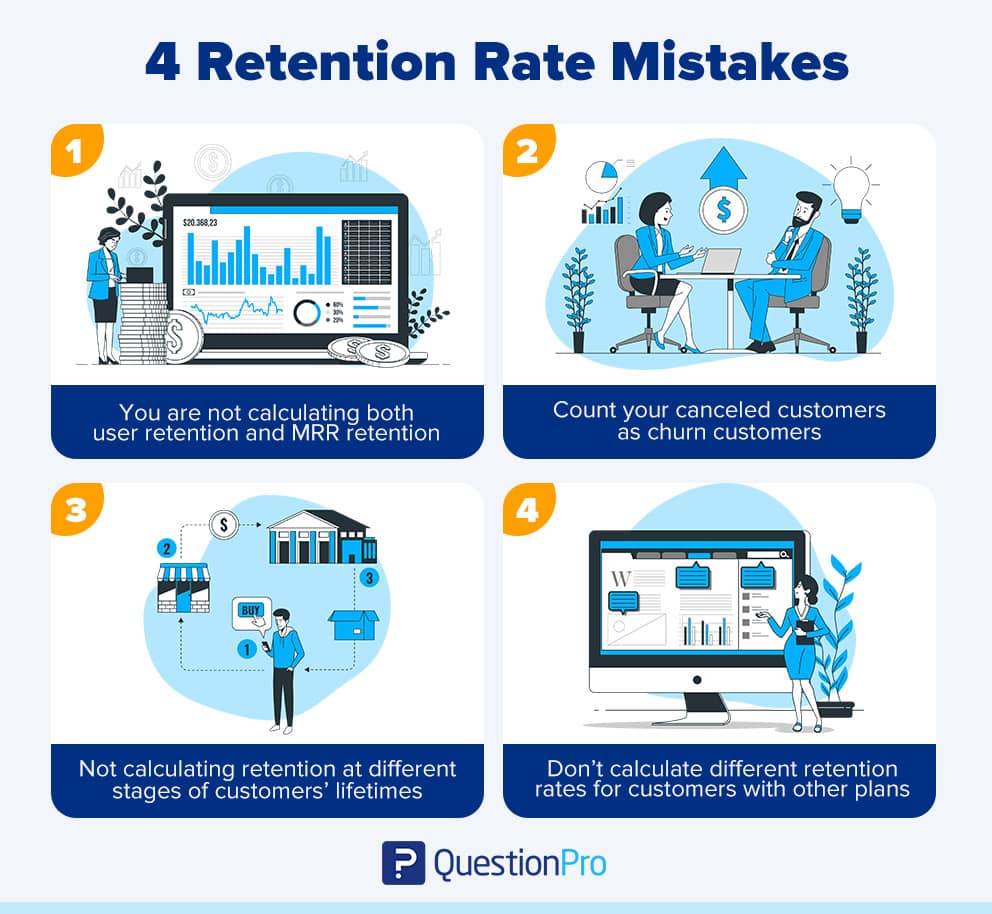
Mistake #1 – You are not calculating both user retention and MRR retention
User retention and MRR retention are two different metrics that say other things. The user retention rate measures the percentage of users who stay with your service from week to month, month to month, etc. It is the metric most often referred to as “retention.”
Meanwhile, MRR retention is the income from recurring subscription payments over time. This is the revenue your business regularly earns once you deduct the MRR lost from active cancellations and late fees. Considering this metric regarding its inverse, MRR churn is helpful.
Mistake #2: Count your canceled customers as churn customers
Abandoned customers have stopped paying. Canceled customers have indicated that they will stop paying you when their next payment is due, but their subscription period has not expired.
There is an excellent opportunity to increase retention. Depending on the length of your customer’s subscription period and when within the “cancel” period, you have a window of chance to win the customer back. Approximately 45% of abandoned customers cancel about three weeks before the end of the period.
If you count these canceled customers as churn, you’re wasting the opportunity to retain customers and revenue. You are worsening current and future metrics.
Mistake #3: Not calculating retention at different stages of customers’ lifetimes
Average retention rates over the lifetime of the customer are not uniform. If you treat it like it is, you won’t be able to adequately improve retention at all stages of your customers’ lives. Instead, it sets retention benchmarks for several different cohorts and lifecycle stages.
The retention rates of customer cohorts are often different in the early stages of those customers’ lives, the middle stages, and the later stages. You can break down customer behavior into these stages short-term, medium-term, and long-term churn.
Customers move for different reasons at different stages of their life with your company; therefore, encouraging them to retain requires other tactics at each location.
Mistake #4: Don’t calculate different retention rates for customers with other plans
Just as customer cohorts signing up at different times will have different retention rates throughout the life of their cohort, customers with other plans will typically show different user retention rates.
Enterprise-level customers, or customers on more expensive plans, are more likely to have higher user retention.
Conclusion
The success and growth of your business need to understand the retention rate and how to use it. Getting a grip on retention metrics is the first step for any business that wants to improve its customer and employee retention rate.
When a company knows the right customer satisfaction metrics, it’s easier to ensure that its marketing and customer service aligns with its overall plan to keep customers. Make sure that customer feedback is part of your plan to retain customers.
And in the workplace, the longer you keep employees, the more you can develop, innovate, and accomplish at the team and organizational levels.
QuestionPro CX is a customer experience management platform that helps you identify consumer pain points. By listening to customer feedback and using the correct data, you can improve the customer experience. Try QuestionPro now! Learn more about QuestionPro Workforce and how to get continuous employee feedback to improve your business.





